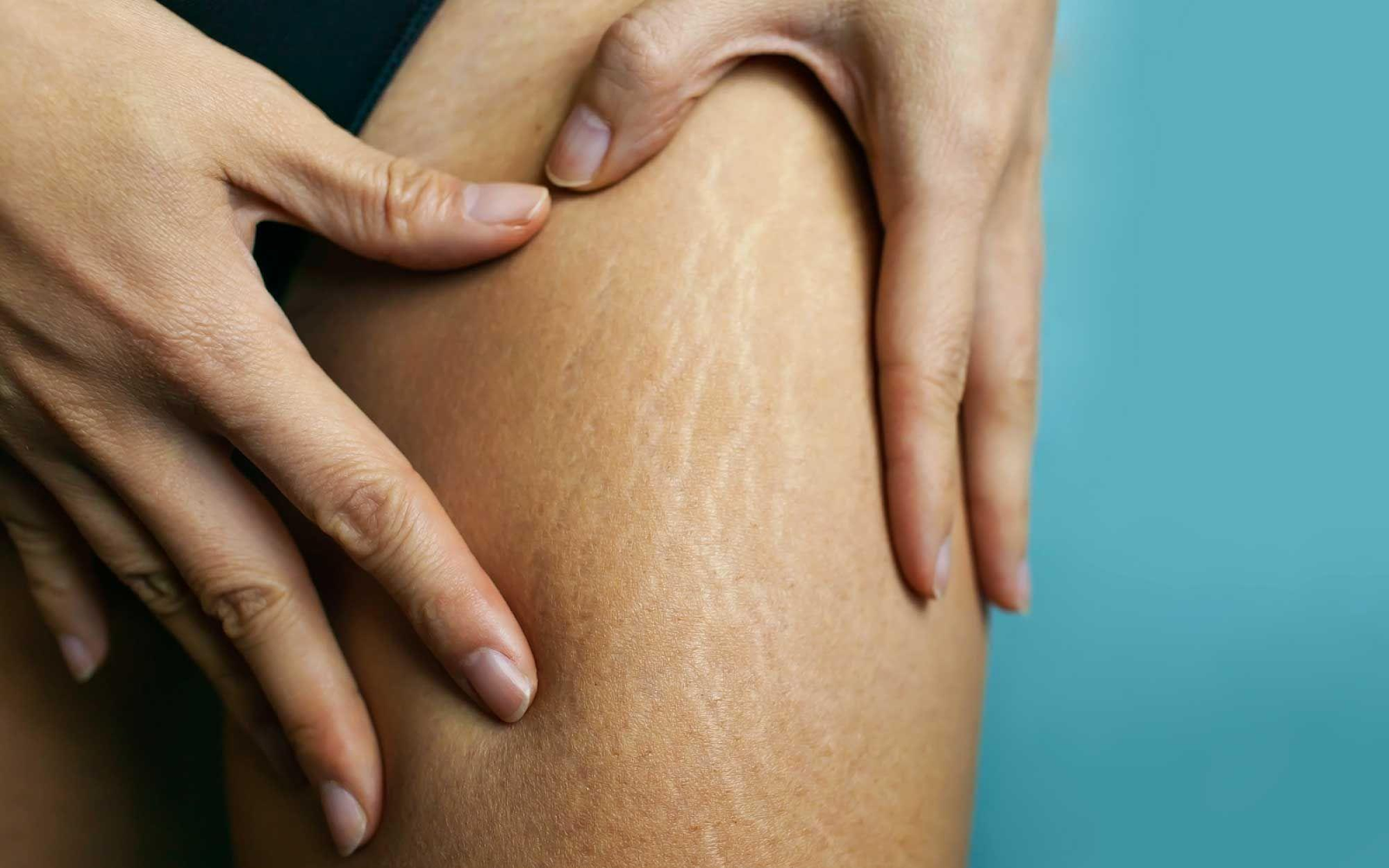by Vanshika Ranga
Note: This article is part of a series of student editorials submitted to the annual New York Times Editorial Contest. If you submitted an editorial and would like to be published on The Helix, please contact the Co-Editors-in-Chief.
Stretch marks are often found on areas of the skin that have undergone stretching, such as due to pregnancy or weight gain/loss. (Credit: Etrevous)
A new century, a new beginning, yet many stigmas remain. Society as whole claims multiple ways women must look. The hardships of our lives are disregarded and only the wear and tears on our bodies are acknowledged. We experience judgments and foul glances simply for the marks left by memories. Commonly known as stretch marks, these physical attributes are common among females of all ages who experience growth spurts during puberty, pregnancy, rapid weight loss, and even weight training and gaining muscles. They have no harmful effect on our health or body. Stretch mark’s principal issues are staining society with hatred and suppressing individuals who embrace their scars.
Beauty standards expected from all women continue to harm individuals by breaking down their confidence and self-love. It’s time for us to cease the support of ineffective remedies and finally give our textured skin the love they deserve.
The promotion and sale of stretch-mark curing creams and several dangerous removal methods pervade the markets of all ages, statuses, and countries. I found that the most common Google searches for stretch marks returned, "How to get rid of stretch marks?", "Instant removal," and "Do stretch mark creams work?" All 12,200,000 pages of results showed the determination to rid our bodies of these unharmful scars that embody memories from significant transitions in our life.
The most disappointing fact is the ineffectiveness of all the marketed creams and the dangers of laser remover or even surgery. Annabelle Robertson from CBS News describes unsuccessful treatments which are dangerous as well as costly. Many commonly used substances contain no data to support their effectiveness described in marketing tactics. Glycolic acid and Retinoids, commonly used together, are expensive and dangerous in specific situations, such as pregnancy.
A common practice in the modern age is the use of laser treatment. Specialists use vascular lasers to treat redness on the skin by correcting the blood vessels under the skin. This treatment costs approximately $450 per session, and 3-6 sessions were necessary for full effect. A new laser shows a 30% improvement with a great cost of $1,000 per session. The FDA claims more than three sessions will show a complete enhancement to the skin.
Scars tell a story and follow us through the events of our lives. Stretch marks imprint important memories and track our journey from adolescence to adulthood and on to parenthood. As a society, we take extreme actions to completely eradicate these marks of memories from our world. The speedy outcomes demanded from consumers show the dire need to erase meaningful wounds which do not wish to be erased. Why must we rid the world of the beauty and confidence the marks truly inspire?
Sources
Gold, Grace. “Stretch Mark Creams: Should You Even Bother?” Women’s Health, 18 May 2018, www.womenshealthmag.com/beauty/a20747471/stretch-mark-creams/.
Jennings, Dana. “Our Scars Tell the Stories of Our Lives.” The New York Times, 20 July 2009, www.nytimes.com/2009/07/21/health/21case.html.
“Stretch Marks: Why They Appear and How to Get Rid of Them.” Www.aad.org, www.aad.org/public/cosmetic/scars-stretch-marks/stretch-marks-why-appear.
